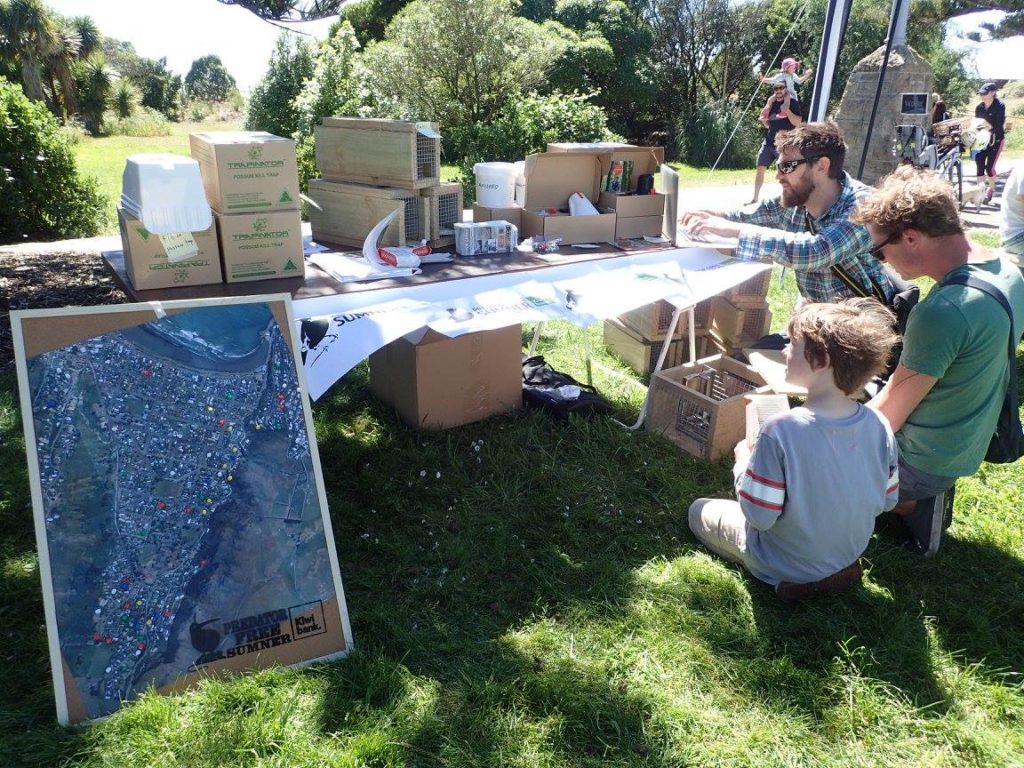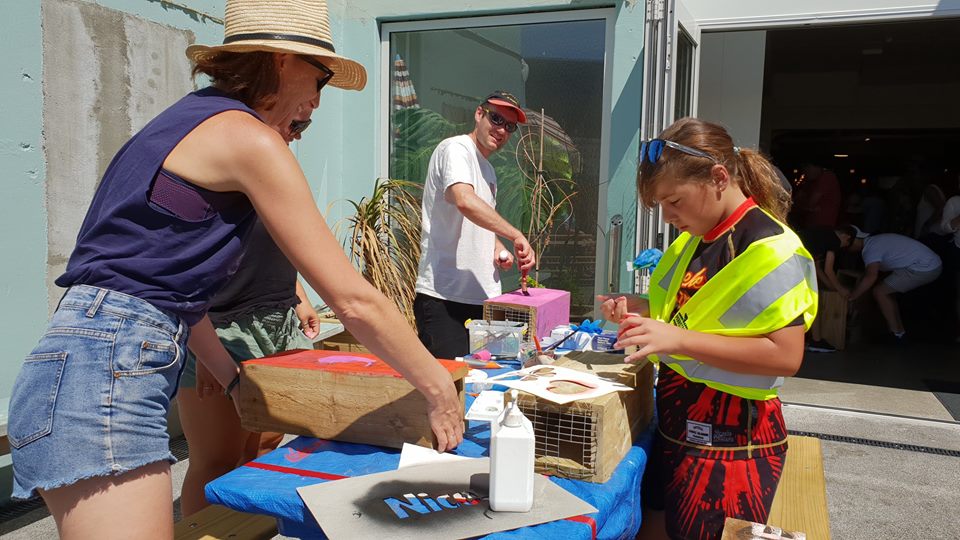ON THIS PAGE
Why is communicating so important?
Communicating can be done face to face (through events and meetings), through print (newspapers, flyers, posters) and online (emails, reports, social media). Usually a mix of all three is a good way to reach the widest possible audience.
CommunityNet Aotearoa gives four key reasons:
- To raise awareness of an issue
- Tell people what you’re doing
- Advertise and promote services, products or events
- Attract new members, supporters and donations.
For guidance on engaging with tangata whenua and iwi, see our Te Tiriti o Waitangi – The Treaty of Waitangi page.

Your communication plan
Ideally, groups should have an up-to-date comms plan, even if it’s just a one-page document. Decide what you want to achieve, who your target audience is, and who in the group will complete each task (and, importantly, when). Keep your comms plan simple; if it’s too long and complex, it will feel overwhelming and nothing will get done. Also, it’s worth asking other groups what has worked and not worked for them in the past.
1. Ask for help
Comms can be time-consuming, so recruit a couple of members who are passionate about it and have the knowledge to help: e.g. they may have a marketing background and/or have established media contacts in the area.
2. Understand your audience
Who is your target audience: neighbours in your suburb who haven’t joined yet, existing group members, or your committee? Know who you’re talking to and consider the appropriate tone and length, e.g. keep it short, jargon-free and positive if recruiting local volunteers, but more formal and detailed for a committee report. Some audiences may respond better if the first meeting is face to face, such as a meeting with mana whenua (Māori). It’s always good to ‘place a face’ when talking to people and often establishes positive and enduring working relationships.
3. Lock down your key messages
What are you trying to achieve? Keep the message simple in your communications. If you have multiple goals, pick 1-2 priorities (e.g. removing rats from your town, or planting native trees). Don’t forget your ‘call to action’: do you want people to sign up, report their trap catches, or come to a tree planting?
4. Agree on a budget
Printing flyers, running events and handing out equipment can all add up. Make sure everyone is clear on the budget and what it will be used for, no matter how small, so there are no surprises. Keep receipts of any expenses. You may also want to find a sponsor in your area, such as a local business, to help cover costs.
5. Pick your tools
Choose 2-3 priorities and start with them, e.g. send a media release to local papers, create a Facebook group, or set up a website with Squarespace or WordPress.
6. Consider timings
If you’re recruiting volunteers, the Christmas holidays may not be the best time to get the message out there – but the school fair in early November might be perfect. Consider the season, public holidays, local events, and even days of the week when planning your comms. Also, space out your messages: don’t flood people with too many emails at once, for example, and then go silent.
7. Review and adjust
The main thing is to get started, as some strategies will work better than others. After 2-3 months, check your results (new members, newsletters read, mentions in the media, etc.) and change what isn’t working. Be patient: it can take time to grow members, especially at the beginning.
Community Comms Collective has more information on how to write a comms plan, including a template.
Talking to the media
Most community group leaders will deal with the media at some stage (being interviewed by a reporter from the local paper, for example). While social media sites such as Facebook and Twitter have a huge presence, mainstream media still have a wide reach too and can be a very effective way to engage with wider parts of your community. Community Comms Collective has a list of media contacts around NZ.
To maintain a positive relationship with your media contact(s), remember these tips:

Always be easy to contact and be honest
Supply accurate, up-to-date information, make sure you’re easily contactable, respond as quickly as possible, and provide information well in advance. Journalists are often working to tight time-frames and need information quickly.
Offer a fresh angle
Only contact the media when you have something newsworthy – usually this means something with a ‘human interest’ angle such as an upcoming event, the return of a rare bird to the area, or coverage of a community working bee. Linking your media release to a special day is often a good idea, e.g. a local fair or International Volunteers’ Day (December 5). Give journalists plenty of warning about any upcoming events or stories, so they can plan ahead.
Write a media release
A media release is a short, punchy outline that you can send to the media (remember to include who, what, where, when and why). Include your group’s contact details as well. If you have some great photos to share, even better. CommunityNet Aotearoa has some advice on what to include in a media release, as well as an example media release and tips for being interviewed.
Nominate a spokesperson
For consistency, nominate one person to represent the group. Make sure the person is a clear communicator, easily contactable, and knowledgeable on the topic. It is also useful for spokespeople to know if there is anything they shouldn’t discuss with the media. Sometimes journalists can ask questions off topic, so they also need to be prepared for what to say in that instance.
Be clear on your boundaries
Decide in advance on your availability and any off-limits information (e.g. the personal details of other members, or financial information). If you need time to consider a reporter’s question or consult with the group, you’re entitled to do so.
Stick to the facts
Take the time to research and be well-informed on what you are going to talk about. Don’t speculate if you don’t know – be honest and say so. Record what you need to find out and get back to people with the correct answer. Wrong or speculative answers could adversely affect the good work you’re doing.
Be aware of any potentially controversial subjects
Some topics are more emotive and controversial than others, and if not handled properly they can risk undermining your good work and the work of others. It is worth drafting up some key messages on potentially complex topics that you may be asked about in media interviews or public meetings. You could consider getting professional help from a media/PR consultant in these instances.
Your key messages should be researched and agreed on as a group. They should also be carefully considered, factual and accurate. For example, some toxins such as 1080 can evoke emotive and sometimes aggressive responses. Your group may need to explain why you are using, or not using, certain toxins. Cats and the humaneness of control methods are other sensitive topics that come up relatively regularly, as well as involving children in predator control projects (through school, for example).

